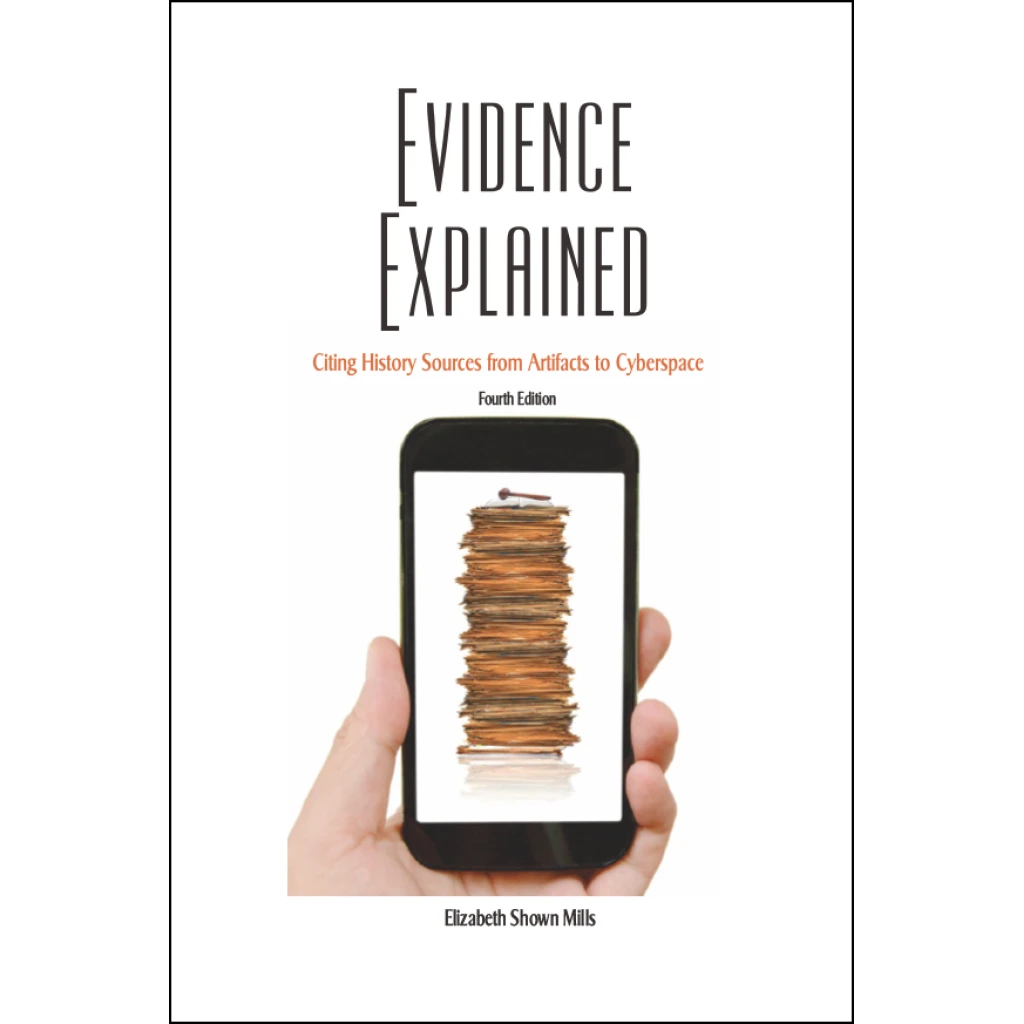I'm preparing a photo book about the background of my husband's grandparents (Mary Slatter Wood, 1869-1925 and James Edgar Wood, 1871-1939). The content will the most wide-ranging of any family history project I've done to date.
It will cover the good, the bad, and the ugly of hubby's paternal family tree.
If I don't convey the stories I've been told and the research I've uncovered, that info won't necessarily be passed along to future generations. I never want my family history or my husband's family history to be lost.
Whether our ancestors' stories are happy, sad, regrettable, or something in between, I'm doing my best to share with relatives right now. The big exception: I'm not sharing the one or two stories that might be embarrassing or damaging to people still alive. Those particular stories are tucked into my surname files, to be inherited in the far future and rediscovered by my heirs, long after the people involved have passed from the scene.
The good
Mary Slatter, born in London, England, was a devoted, loving mother of four boys and a calming influence on her volatile husband, James. I have Mary's sons' own comments on this subject to add to the photo book. Given Mary's family background, this is an amazing outcome. In fact, the Slatter siblings all turned out well, despite their difficult early years. See the ugly below.
The bad
Well, James Edgar Wood had a temper and his four sons suffered as a result. I have James's sons' own comments on this subject, to be quoted in the photo book. No wonder the sons left home as soon as they were old enough, after their mother Mary died of a heart ailment. All stayed in touch with each other as adults.
James was in the building business in Cleveland, Ohio. He'd put up a house, move his family in after the framing, and they'd live in one finished room or even the attic (!) while he slowly completed the interior. Then he would sell the house even as he had another framed. James, Mary, and the boys moved every other year or, if he worked quickly enough and sold quickly enough, they moved every year. How do I know? Over the years, the addresses on the many postcards sent to one of the boys changed over and over as they moved from one new home to another. The sons didn't have fond memories of their many childhood moves.
The ugly
Mary's father was often out of the picture when she was a child. Poverty-stricken, desperate to survive, Mary and her mother and some siblings were in and out of workhouses in London for several years. Worse, Mary's mother was admitted to an insane asylum, and eventually died there. An ugly period in my husband's family history, but important to be included in my photo book so the names and stories won't be forgotten.
But still...
Despite this ugly start to their lives, the Slatter children grew up and did well. Mary was a dedicated wife and mother, her sister Ada was the same, and their three brothers were all respected military bandmasters in Canada.
This photo book will have the good, the bad, and the ugly, ending with the resilience of Wood and Slatter ancestors over the generations.
























